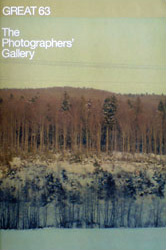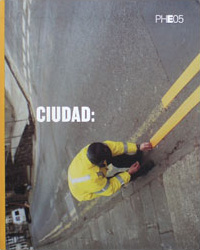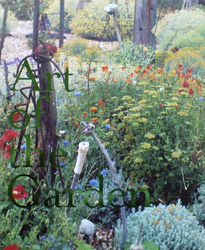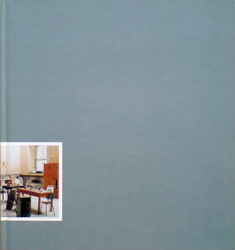books
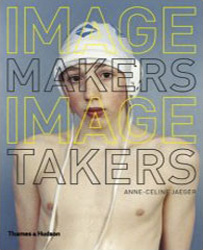
Image Takers Image Makers,
Thames & Hudson 2007
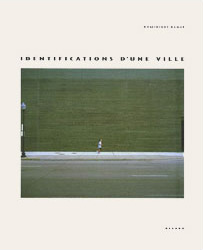
Identifications D’une Ville,
Editions du Regard 2006

PLATFORM 1998-2006,
ed Sheila Lawson, Platform 2006

Surface, Contemporary Photographic Practice,
Booth Clibourne Editions 1997
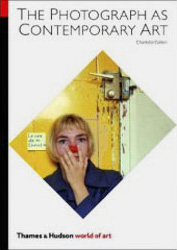
The Photograph as Contemporary Art,
Charlotte Cotton, Thames & Hudson 2004
catalogues
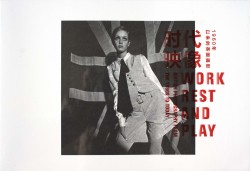
Work, Rest and Play – British
Photography from the 1960’s to Today,
The Photographer’s Gallery 2015
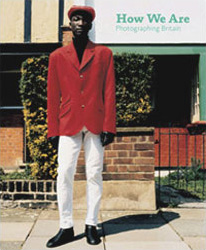
How We Are: Photographing Britain,
Tate Britian 2007
